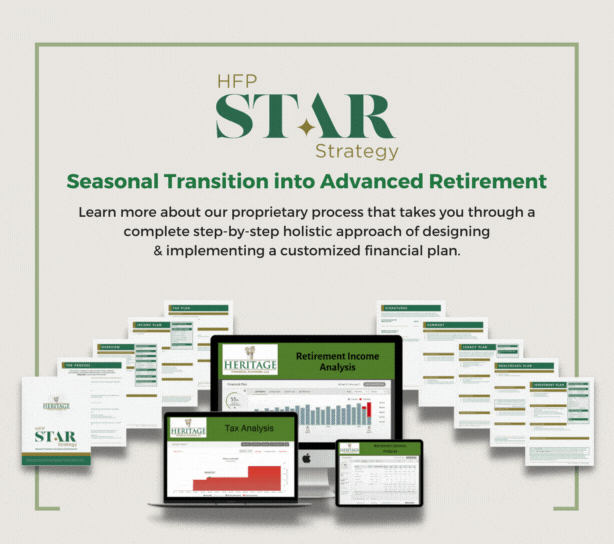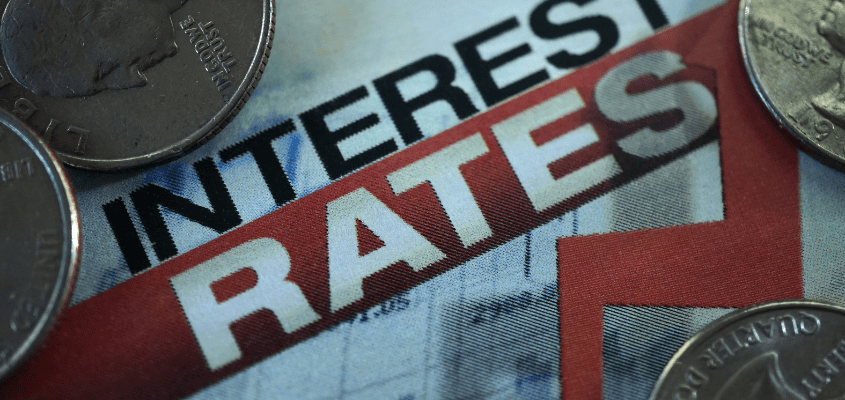While important, it should not be the sole driver of your investment decisions.
The Federal Reserve plays a pivotal role in the U.S. economy, and one of its most influential tools is the adjustment of interest rates. When the Fed cuts interest rates, it can have wide-reaching effects across the economy, including for consumers, stock market investors, and bond market investors. Recently, the Fed decided to cut rates by 50 basis points (0.50%), a significant move that signals a shift in monetary policy. Understanding the short-term (3 months) and medium-term (12 months) implications of this cut can help investors make informed decisions.
Implications for Consumers
Short-Term (3 Months): In the immediate aftermath of a rate cut, consumers often see a reduction in borrowing costs. Interest rates on various consumer loans, such as credit cards, auto loans, and home equity lines of credit, tend to decrease. This can lead to a slight increase in consumer spending as people take advantage of lower borrowing costs. Mortgage rates may also decline, providing an opportunity for homeowners to refinance their mortgages at lower rates, potentially lowering monthly payments and increasing disposable income.
However, the benefits to consumers are not universally positive. While borrowers might benefit from lower rates, savers can see reduced returns on their savings accounts, certificates of deposit (CDs), and money market accounts. Banks typically lower the interest rates they pay on deposits in response to Fed rate cuts, which can negatively impact those relying on interest income.
Medium-Term (12 Months): Over a 12-month period, the effects of the rate cut can become more pronounced. If lower interest rates succeed in stimulating consumer spending and investment, this can lead to higher economic growth. Increased consumer spending can contribute to higher demand for goods and services, potentially leading to job creation and wage growth. For consumers, this could translate into a healthier job market and possibly higher income levels.
However, there are potential downsides. If the rate cut leads to an overheated economy, inflationary pressures may build up once again, causing the prices of goods and services to rise. This could erode the purchasing power of consumers, especially if wage growth does not keep pace with inflation. Additionally, continued low rates may encourage excessive borrowing, leading to increased household debt levels (already at record levels), which can be problematic if economic conditions worsen.
Implications for Stock Market Investors
Short-Term (3 Months): The stock market typically reacts positively to interest rate cuts in the short term. Lower rates reduce the cost of borrowing for companies, making it cheaper for them to finance operations and invest in growth initiatives. This can boost corporate profitability, which is generally favorable for stock prices. Investors also tend to shift their focus toward equities as an attractive alternative to low-yielding bonds, driving stock prices higher.
Moreover, lower rates can lead to an increase in investor confidence, as the Fed’s actions may be seen as supportive of economic growth. This “Fed put” can create a more favorable environment for risk-taking in the stock market, leading to a rally in stock prices, particularly in sectors that are sensitive to interest rates, such as real estate and financials.
Medium-Term (12 Months): In the medium term, the sustainability of any potential stock market rally depends on the underlying economic conditions and the effectiveness of the rate cut in stimulating growth. If the economy responds positively, with higher consumer spending and corporate investment, this can translate into higher earnings growth for companies, supporting further gains in the stock market. Growth-oriented sectors, such as technology and consumer discretionary, may particularly benefit from this environment.
However, if the rate cut fails to boost the economy or if it signals underlying economic weaknesses, such as concerns about a potential recession, the initial positive reaction in the stock market may be short-lived. Investors may become cautious about the longer-term outlook, leading to increased volatility and potential market corrections. Additionally, if the rate cut contributes to inflationary pressures, it may force the Fed to reverse course and raise rates again, which can negatively impact stock valuations.
Implications for Bond Market Investors
Short-Term (3 Months): For bond market investors, a Fed rate cut generally leads to a decrease in yields on newly issued bonds. As the Fed cuts rates, short-term Treasury yields tend to fall, leading to an immediate increase in the price of existing bonds. This is because existing bonds with higher coupon rates become more attractive compared to new bonds issued at lower yields. Investors holding bonds may therefore see a short-term increase in the market value of their portfolios.
Lower interest rates also affect the corporate bond market. Companies may take advantage of the lower borrowing costs to issue new debt or refinance existing debt at more favorable terms. This can lead to an increase in the supply of corporate bonds, which may result in a narrowing of credit spreads, particularly for higher-rated corporate debt.
Medium-Term (12 Months): In the medium term, the bond market’s reaction will depend on the broader economic outlook and inflation expectations. If the rate cut leads to higher economic growth without sparking significant inflation, bond investors may experience stable or slightly lower yields. However, if inflationary pressures build up, bond yields may rise as investors demand higher returns to compensate for the eroding purchasing power of fixed-income payments.
A prolonged period of low rates can also affect the yield curve, which may flatten or even invert if short-term rates remain low while long-term rates rise due to inflation concerns. An inverted yield curve is often seen as a warning sign of a potential economic downturn, which can create uncertainty for bond investors.
Additionally, with lower yields on government bonds, investors may seek higher returns by moving into riskier asset classes, such as high-yield corporate bonds or emerging market debt. While this “reach for yield” can provide higher returns, it also exposes investors to greater credit risk and market volatility.
Time to Review?
The Fed’s decision to cut rates by 50 bps is an important piece of information, but it should not be the sole driver of your investment decisions. While rate cuts can influence market conditions, they are part of a complex economic landscape. Investors should use the rate cut as a signal to review their portfolios and strategies but make decisions based on a comprehensive assessment of market conditions, risk tolerance, and long-term objectives rather than reacting solely to changes in interest rates.
At Heritage Financial Planning, we believe in a personalized, client-centered approach to financial planning through our proprietary HFP S.T.A.R. strategy. This strategy focuses on understanding your unique goals, developing a tailored plan, and providing ongoing support to ensure your financial success.

Click here to learn more about our HFP STAR Strategy process.
Whether you’re navigating market changes or planning for long-term growth, our dedicated team is here to guide you every step of the way. Contact our office today to schedule an appointment and start building a brighter financial future with the support of our experienced advisors.












